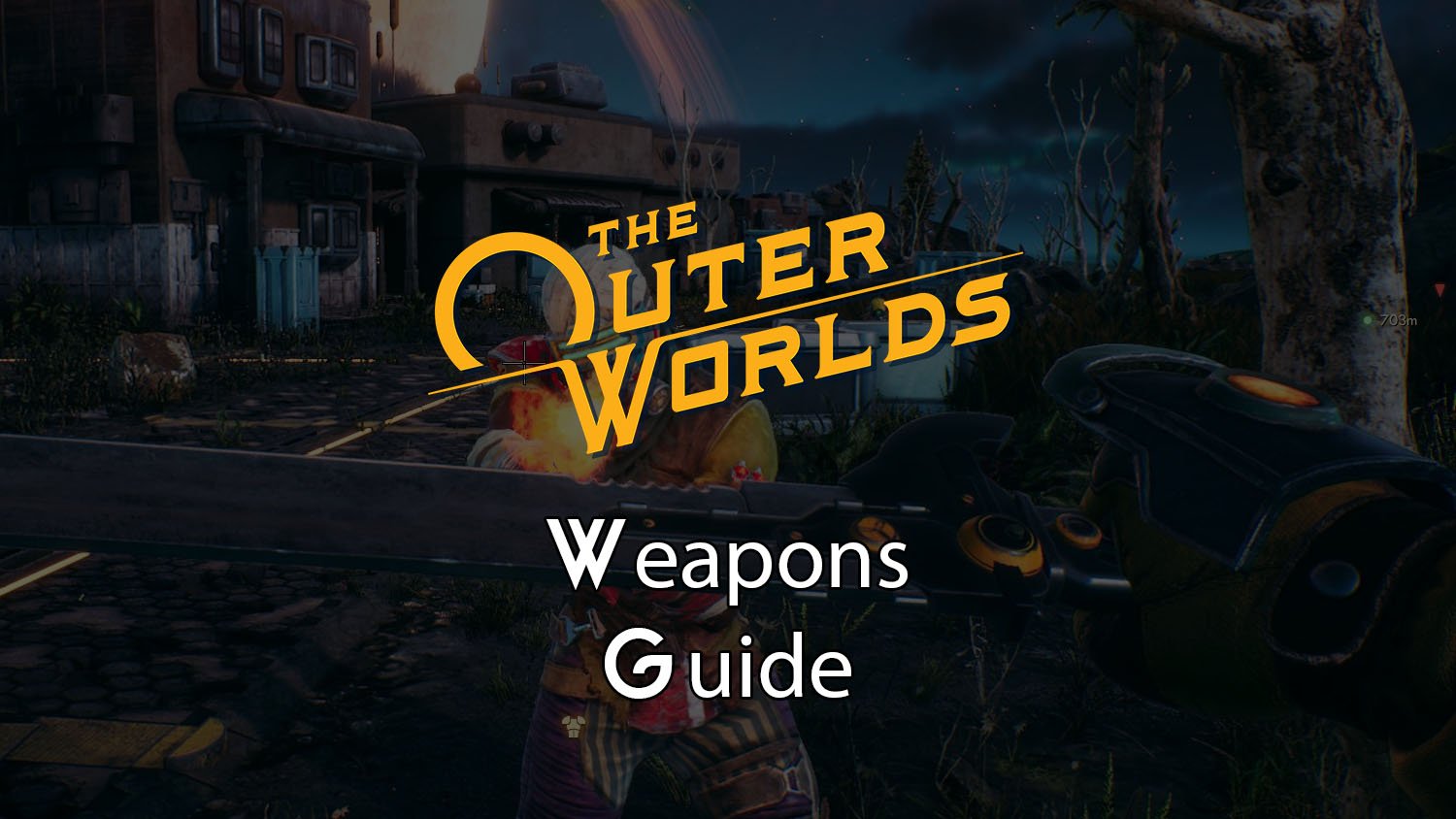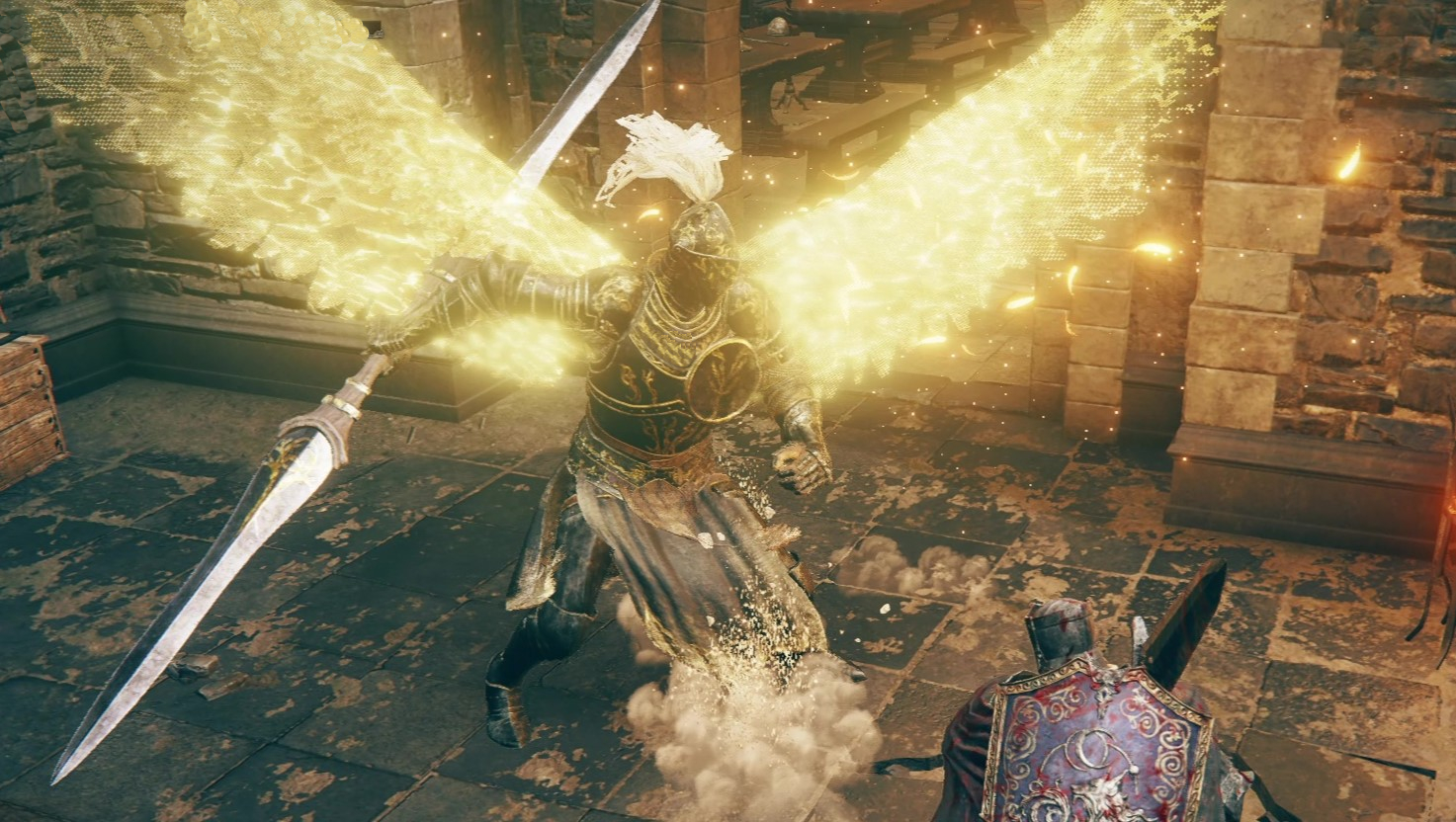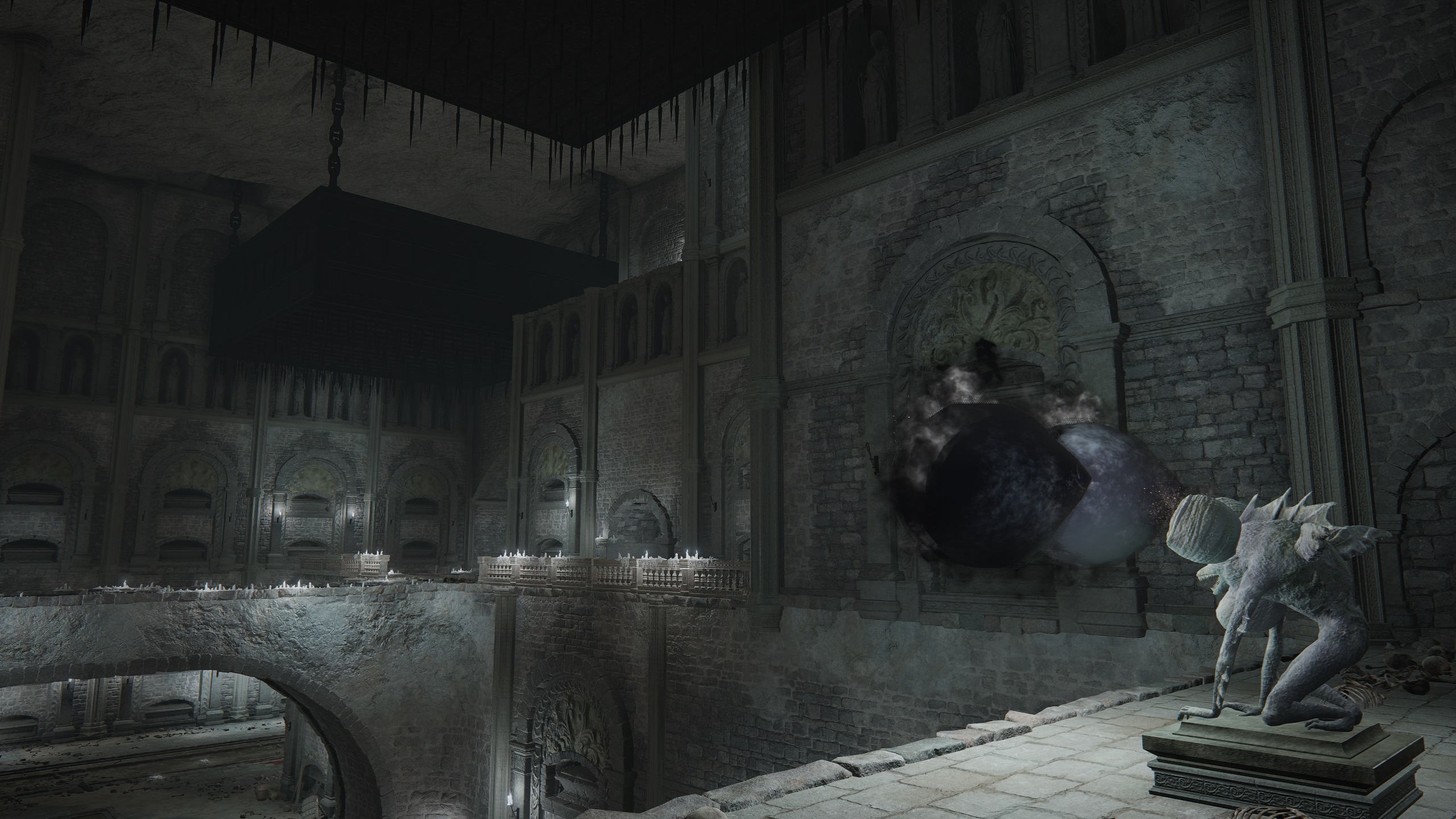You might have already noticed that the damage output of your weapons in The Outer Worlds can be just as important as your invested skill points and tactical approach when it comes to your battle effectiveness.
A long-range sniper depends on the efficiency of their rifle, a close-range AoE heavy gunner needs to keep damage effects in mind, and a hack-and-slack bone duster tank can get much more out of their bulky weapon through modifications and the Science Skill.
In The Outer Worlds you don’t have to specialize into or carry only one type of weapon on you. Some combinations work better together, like several types of weapons within the Melee or Ranged tree (albeit just like a full-ranged build can benefit from a melee backup when ammo runs low, an exclusively melee build can also have a gun in rotation to trigger explosives from some distance before rushing into the battle).
However, once you have to choose between the specialized skills upon leveling up, knowing your options and adapting them to your preferred style of play can make a significant difference in damage output and resource efficiency.
In this guide we will go over each The Outer Worlds weapon type, their strengths and weaknesses, as well as additional weapon damage types and a couple maintenance tips.
Melee
1-Handed Melee
Your 1-Handed weapon finesse depends on the points and rank of the 1-Handed Skill.
At first, your 1-Handed skill will be affected by your investment into the Strength and Dexterity attributes. (See how much each level adds to your points in the “Skill-Oriented Distribution” section of our Attributes guide).
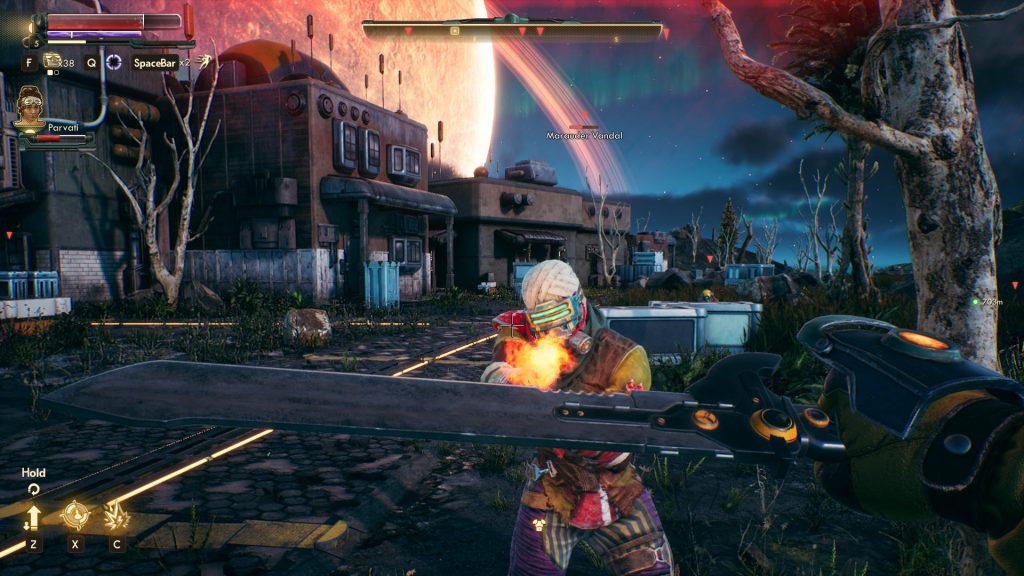
Then you can keep investing your level-up points into the Melee core skill tree, before you start to individually invest into each specialized skill after level 50. (See what bonuses you can unlock with each rank in our Skills guide.)
1-Handed Melee weapons are best for a hack-and-slash build, especially with higher Strength (base melee damage) and Dexterity (melee weapon attack speed), which pleasantly matches the two modifying attributes. With the points you invest into this skill your critical chance will go up. Dodge or Block are good to invest to, since doing both with melee weapons is fairly easy to do control-wise.
2-Handed Melee
Your 2-Handed weapon finesse depends on the points and rank of the 2-Handed Skill.
At first, your 2-Handed skill will be affected by your investment into the Strength and Temperament attributes. (See how much each level adds to your points in the “Skill-Oriented Distribution” section of our Attributes guide).
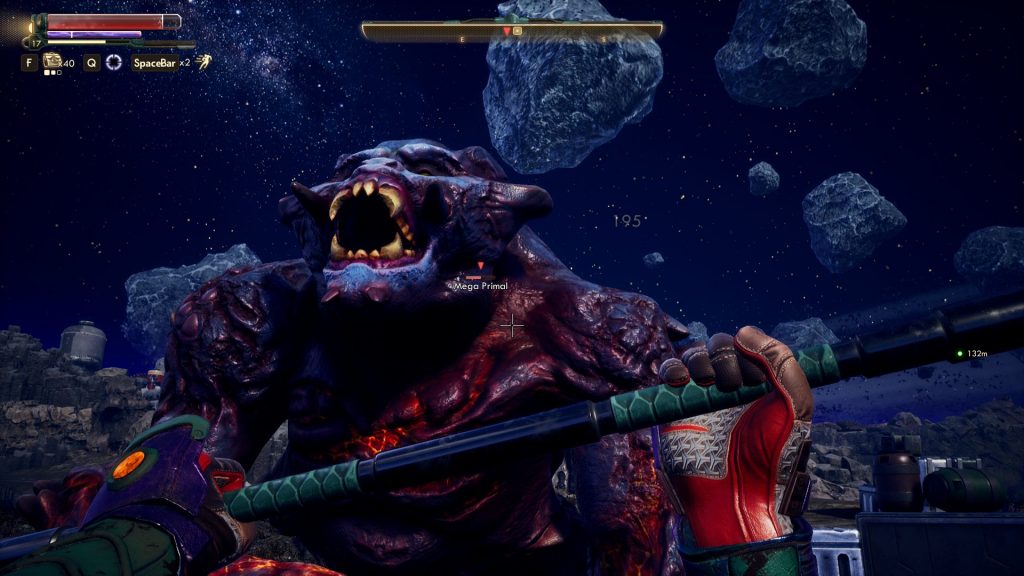
Then you can keep investing your level-up points into the Melee core skill tree, before you start to individually invest into each specialized skill after level 50. (See what bonuses you can unlock with each rank in our Skills guide.)
2-Handed specialization will produce less hits with a much higher damage per hit, which makes it a great build for per-kill perks (you can use our Perks guide to find out the best combinations. Note “Confidence” and “Harvester” perks as well). However, Temperament will probably be a good investment, since you will be a bit less mobile with your hits, even with Block or Dodge. On the other hand, once you reach 60 points (Adept) in this skill, your attacks will become unblockable, which is a very good feature for the one-hit-kill strategy.
Ranged
Handguns
Your Handguns finesse depends on the points and rank of the Handguns Skill.
At first, your Handguns will be affected by your investment into the Perception and Dexterity attributes. (See how much each level adds to your points in the “Skill-Oriented Distribution” section of our Attributes guide).
Then you can keep investing your level-up points into the Ranged core skill tree, before you start to individually invest into each specialized skill after level 50. (See what bonuses you can unlock with each rank in our Skills guide.)
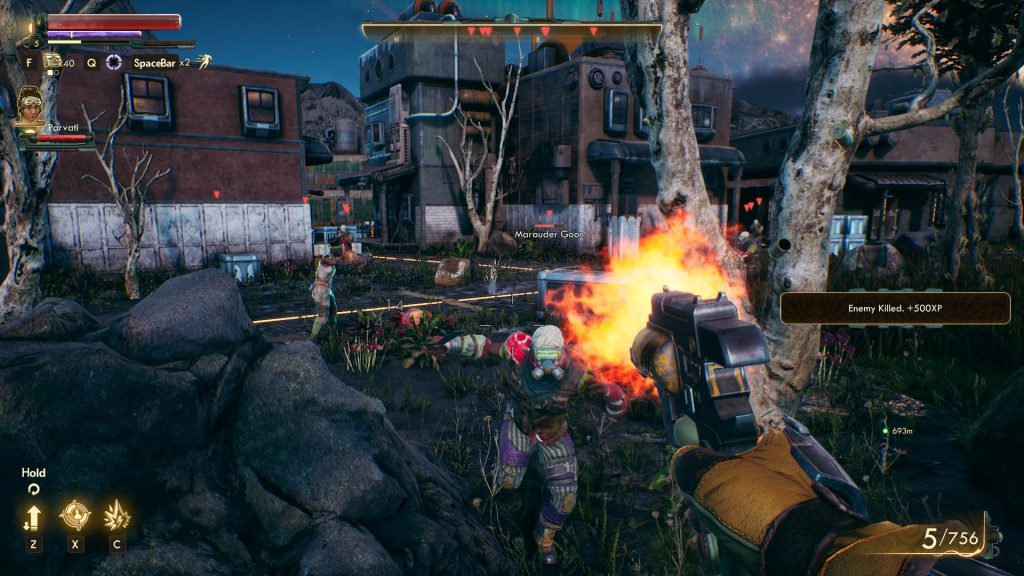
Handguns are probably least attractive to specialize into after using them on a low level: low-level handguns don’t pierce armor well or have a rewarding combat tactic. However, they are quick, excellent for a fast multi-debuffing preparation for close combat (especially if you have your companions handle melee), you can dodge-and-shoot pretty easily, and they have a low weight, making them a useful back-up weapon.
However, note me talking about low-level guns here. Yes, the Light Pistol and the Revolver won’t be very impressive, but you will encounter handguns like The Vermin II (uses heavy ammo) and Salvage’s Helper (inflicts corrosion) guns in your travels, and those can boast a much more higher-end DPS output, compared to the weight and the ammo they consume.
Furthermore, with Perception and Dexterity comes Lockpick Skill, which is a generally useful skill for looting, so you might already have a good starting bonus in handguns in it if you invested into your attributes based on lockpicking.
Long Guns
Your Long Guns finesse depends on the points and rank of the Long Guns Skill.
At first, your Long Guns will be affected by your investment into the Perception and Intelligence attributes. (See how much each level adds to your points in the “Skill-Oriented Distribution” section of our Attributes guide).
Then you can keep investing your level-up points into the Ranged core skill tree, before you start to individually invest into each specialized skill after level 50. (See what bonuses you can unlock with each rank in our Skills guide.)

If you think that Science Weapons (see the “Science Weapons” section below) are a worthy investment, raise your Intelligence attribute as high as possible during the character creation and using Mind-Boosting consumables before a particularly difficult battle. This weapon skill is the only one that relies on both of the Mind Attributes and you can manipulate that to a tremendous effect, especially with a Plasma or a Shock mod (modified by the Science Skill).
With 80 (expert) in the Long Guns skill your weapon will not sway if you manage a one-hit kill, and you can take out multiple targets that way, especially with TTD perks that rely on one-hit tactic (you can use our Perks guide to discover all relevant perks under “Attacks and Damage” and “Tactical Time Dilation.” Note the “Harvester” perk as well). The Tier 3 “Steady Hand” perk can reproduce that effect with additional bonuses.
Heavy Weapons
Your Heavy Weapons finesse depends on the points and rank of the Heavy Weapons Skill.
At first, your Heavy Weapons will be affected by your investment into the Perception and Strength attributes. (See how much each level adds to your points in the “Skill-Oriented Distribution” section of our Attributes guide).
Then you can keep investing your level-up points into the Ranged core skill tree, before you start to individually invest into each specialized skill after level 50. (See what bonuses you can unlock with each rank in our Skills guide.)

Heavy Weapons are good for AoE damage (when you are surrounded, or with a grenade launcher for a bit of range), and they are good against single targets, especially when the type of damage is used for its best target, but most of them will consume a lot, a lot of ammo over a short period of time. They are also heavy and you can’t block with them in close combat. However, if you have faced some higher-level opponents that come out with a flamethrower, you know that some heavy weapons aren’t easy to block or dodge when confronted with up close. Having a heavy weapon in rotation might not be a bad idea for most of the builds, since they become very effective in certain situations (like automechanicals and a shock cannon).
Science Weapons
Your Science Weapons damage output depends on the points and rank of the skill related to the type of weapon you are using (to get the skill unlock effects) and your investment into the Science Skill, which is affected by your Intelligence and Charm.
It’s a special case, where the rarity of the weapon and your critical chance and special effects from a specialized skill combine with Science Skill unlocks (like Corrosion and N-ray damage), and some perks that directly increase this weapon type’s damage (“Weird Science” and “Wild Science”) to produce tremendous effects. (Note that the Science Skill also raises your Plasma and Shock damage in general.)
Keep in mind that you can’t attach mods to science weapons, which means that there isn’t much you can do to add to or alter their functionality.
Another drawback to relying on Science Weapons (or unique weapons, for that matter) is the need to Tinker them to upgrade them over time. The bit cost can become quite high, and you will probably want the 80 point unlock (capping the tinkering cost for Science Weapons) or 100 unlock (-90% to tinkering across) to catch up your weapon’s level with yours.
Even without ideal amount of tinkering, however, the combination of skill bonuses and damage modifiers will make these weapons among the highest in damage output.
The game can be a little bit imbalanced towards some weapon types when it comes to this category (you can simply pick up Shrink Ray, a handgun Science Weapon, on Phineas’s ship without stealing or any other consequences and pretty early on), so pay attention to their location to know when and where you will locate them. Also note their special effects, since that’s another limitation due to the low variety available.
You can pick up Shrink Ray, the handgun science weapon, on Phineas’s ship without stealing or any other consequences early on. It can shrink your opponents based on the wielder’s Science Skill to reduce their armor and damage.
You can find the Prismatic Hammer, the two-handed science weapon, on Groundbreaker in a secret location out of the staff locker room (Battered Mardet Datapad off of Gladys can mark the location for you). It will cycle through damage types based on the wielder’s Science Skill and release a ranged blast of energy with a power attack.
You can pick up Mandibular Rearranger, the one-handed science weapon, on Scylla (you can get the location pin with Hephaestus Mining – Archive Cartridge off of Gladys), in one of the buildings near the Abandoned Mining Outpost. It will slow down your target, freezing them in place after several repeated hits for a duration modified by your Science Skill.
The logs you find on the Unreliable will give you a Weapons from the Void quest, which will lead you to the Gloop Gun, the heavy weapons type of a science weapon. You will find it as a part of the Errors Unseen side quest on Monarch. This gun will deal shock damage to your target and surrounding enemies, along with making your target levitate for a length modified by your Science Skill.
Finally, you can buy the SubLight Datapad from Duncan in the Fallbrook Dry Goods and Supplies, leading you to the Mind Control Ray, the long gun science weapon. When you will be completing the Space-Crime-Continuum on Cascadia, you will find it in a secret location after you deal with one of the two terminals. This gun will deal plasma damage and make your targets attack each other for a duration modified by your Science Skill.
Weapon Special Effects
Most of the weapons come with a chance to trigger a special effect during regular attacks. For example, most of the sabers and pistols inflict Bleed, while staffs and hammers can Knockdown.
Otherwise, these effects are applied during location hits in Tactical Time Dilation mode (you can hover over specific parts of the body to see which effect you would inflict.)
You can use these effects to help your companions and yourself surround an enemy, disable a high-DPS target, or increase the physical or special damage you deal to targets with heavier armor or higher resilience.
- Acid – Deals corrosion damage to targets over time. Often comes from weapons that deal corrosion damage effective against heavily-armored opponents – see our “Additional Types of Damage” section in this guide for more detail.
- Blind – Reduces vision range and ranged weapon accuracy.
- Bleed – Deals damage over time to living targets. Lowers all Body Attributes on a target, if applicable.
- Burn – Deals plasma damage over time to living targets. Often comes from weapons that deal plasma damage effective against living creatures – see our “Additional Types of Damage” section in this guide for more detail.
- Execute – Deal extra damage, ignoring armor and resistances with a chance to kill immediately.
- Knockout – Knocks the target to the ground, rendering them unconscious for a few seconds.
- Stagger – Pushes the enemy back a short distance, reduces their attack and defense skills, makes them more vulnerable to physical damage.
- Stun – Makes the target unable to attack for a short time. Often comes from weapons that deal shock damage effective against automechanicals – see our “Additional Types of Damage” section in this guide for more detail.
- Weaken – The target takes increased Plasma, Shock, Corrosion, and N-ray damage. Lowers all Skills on a target a moderate amount, if applicable.
Additional Types of Damage
You can significantly increase your effectiveness against specific targets if you use weapons that deal a special type of damage. Plasma and Shock damage are a good combination to target living creatures and automechanicals effectively (when you keep both types in rotation), and are both improved along the Science Skill. Corrosion and especially N-ray damage are more rare to obtain, but they will help you bypass heavier armor (and automechanicals, in the case of corrosion damage), or deal AoE damage (N-ray).

Plasma
This type of damage is effective against all creatures (except mantisaurs) and inflicts Burn (deals damage over time). If you have a weapon that can quickly take out automechanicals, the weapons that deal plasma damage can take out just about everything else. A flamethrower heavy gun is a notable (and very fast) weapon in this category, but you can modify most melee and ranged weapons to inflict plasma damage with every hit to improve your damage against creatures (“Mag-2-Power” or “Mr. Power”). You will encounter plasma guns more frequently than any other types of special damage weapons.
Shock
Perfect for targeting automechanicals, dealing an impressive amount of damage to an otherwise well-protected enemy. It inflicts Stun (inability to attack for a short time) onto your other enemies as well. You will encounter several shock cannons and stun batons in the game, which come with shock damage naturally, but you can install the shock damage mod on most of your weapons as well (“Mag-2-Zap” or “Mr. Zap”).
Corrosion
“Acid! The gift that keeps on giving!” Corrosion damage is effective against sturdy armor. That includes automechanicals, mantisaurs, and heavy armor. The applied Acid debuff will inflict damage over time. This type of damage is more difficult to obtain for your equipment. Officer’s Spine is a notable example of a recurring weapon you will encounter that comes with corrosion damage built into it. Otherwise, it’s more likely that you will end up installing a corrosion mod onto a weapon instead (“Mag-2-Melt” or “Mr. Acid”).
N-ray
N-ray is good against everyone but automechanicals, a kind of a radiation that bypasses most armor and then damages others nearby the affected target (gives them the “N-ray-diated” debuff). N-ray damage is the rarest type of damage to have on a weapon, which you will most likely encounter as a mod for ranged or melee weapons, but pay attention to the -50% damage decrease in ranged weapons as a trade-off (“Mag-2-Ray” or “Mr. N”).
Weapon Maintenance
Ammo Use
Amount of ammo will stop being as big of an issue over time, as long as you invest some effort into exploring and looting areas as you progress through the game. However, you can always make use of vendor perks to increase available supplies and decrease the price (see “Vendors, Dialog, and Reputation” in our perks guide), especially if your beloved heavy weapons are causing you some issues. Ultimately, try to modify and tinker your best ranged weapons to get the most damage out of every bullet and energy cell.
Tinkering
If you don’t find higher-level alternatives to your weapon rotation in shops or in the wilderness, you will have to find a way to keep them up-to-date or suffer issues as you keep facing higher-level enemies. The Science Skill can help you reduce your costs of tinkering quite a bit, and you might eventually find it a worthy investment if there are a few weapons you can’t find a better replacement for. The DPS difference might not seem like a lot, but keep in mind that this is the damage dealt every second you use the weapon without interruption. This small increase can make a big difference for how long the battle will last and how much damage you will have to absorb as a result. Remember to tinker your armor as well!
Repair
The cost of repair is modified by the Engineering Skill, and having Parvati and Ellie in your party along with the armor that adds bonus to the skill can make a very big difference if you need to mass-repair after an especially long venture into the wilderness. If you keep breaking apart lower-grade weapons you don’t need instead of selling them for a negligible price, you shouldn’t have issues with repair costs. See our carrying capacity guide if you want to learn more about the benefits of this approach.

